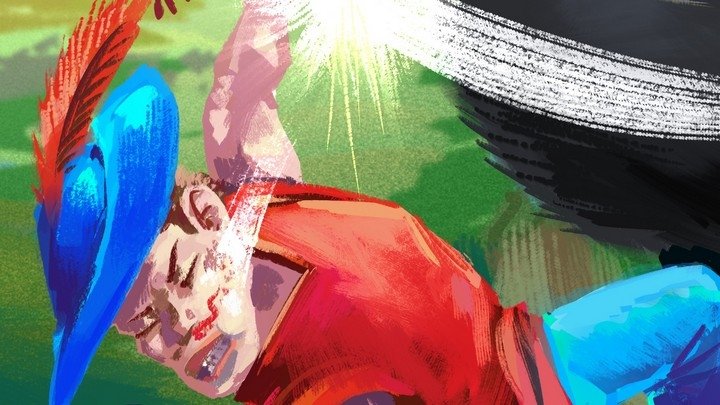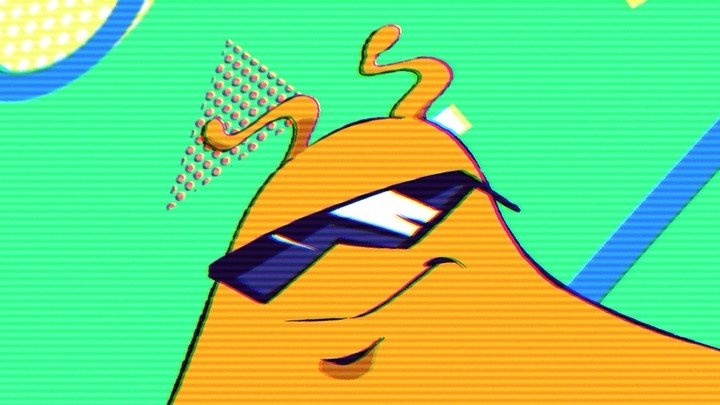Kim recommends...Lionheart (Amiga, 1993)
 The Amiga was, during its time, particularly well known for its demoscene -- one side of this was, of course, the hacking of lots of Amiga games and all of that good old piracy stuff, but plenty of talent went into the "cracktros" that usually accompanied said games, not to mention the graphical demos that these teams would create on their own, using the Miggy's graphical hardware to create some definite magic. There are lots of different stories from the demoscene world of software whizkids doing their thing, and occasionally taking their talent and applying it to games -- one group of demoscene kids known as The Silents went on to become Digital Illusions CE, made their name with the likes of Pinball Illusions on the Amiga, and gradually became one of the world's biggest video game developers as EA DICE. Another ex-demoscene group, Thalion, weren't quite as fortunate -- but before their demise, they left us with several classic games, chief among which is the frankly staggering Lionheart.
The Amiga was, during its time, particularly well known for its demoscene -- one side of this was, of course, the hacking of lots of Amiga games and all of that good old piracy stuff, but plenty of talent went into the "cracktros" that usually accompanied said games, not to mention the graphical demos that these teams would create on their own, using the Miggy's graphical hardware to create some definite magic. There are lots of different stories from the demoscene world of software whizkids doing their thing, and occasionally taking their talent and applying it to games -- one group of demoscene kids known as The Silents went on to become Digital Illusions CE, made their name with the likes of Pinball Illusions on the Amiga, and gradually became one of the world's biggest video game developers as EA DICE. Another ex-demoscene group, Thalion, weren't quite as fortunate -- but before their demise, they left us with several classic games, chief among which is the frankly staggering Lionheart.

When I talk about Amiga graphics, "parallax scrolling" is likely to be the first thing that comes to your mind -- the art of differently-scrolling planes is something that the system was pretty good at, as evidenced in the main by Psygnosis's Shadow of the Beast. Naturally parallax scrolling could get overused -- it soon stopped being impressive after a while, and there were plenty of egregious examples where parallax frankly just got in the way of the actual game. Lionheart, however, even after years of parallax-based fun before it, is the definitive example of how well it works on the Amiga -- it manages to do the whole "every screen is a Roger Dean prog rock album cover" schtick even better than Beast does, and I'd struggle to find a game on the Amiga that, on the whole, is prettier than Lionheart. For the game's artist, Henk Nieborg, this would be the title that made his name -- you can also find his work on the likes of Flink, The Adventures of Lomax and the Shantae series.
Even better than the art, however, is the fact that Thalion matched it up with excellent gameplay. Lionheart is a very playable hack 'n' slash title -- it's fun to deal with the various creepy-crawlies and otherworldly behemoths the game throws at you. There's enough variation to keep things moving, and as opposed to a more straightforward game like Shadow of the Beast you're allowed to explore somewhat without things going wrong. One of the big problems with a lot of parallax-heavy games was the significant lack of gameplay that ended up being associated with them, but Lionheart showed that you didn't need to sacrifice good gameplay for pretty pictures, and that they could co-exist comfortably.

Lionheart's developers, Thalion, were all about creating games that, technically, were right on the bleeding edge for both the Amiga and the Atari ST -- the majority of their games were all graphically excellent, and that was often married with very good gameplay. Alas, good sales often seemed to elude them -- as one of the smaller games studios around, they often found their sales damaged greatly by the sheer prevalence of piracy in the Amiga scene. Lionheart was their attempt to see if making such graphically strong action games on the Amiga was still commercially viable -- and despite excellent reviews, the sales showed that it weren't. Thalion ultimately closed their doors in 1994, preserving their work on the UK computers for all time -- Lionheart is perhaps the most accessible and greatest example of the legacy that they left behind, and one of the strongest Amiga exclusive titles out there to boot.




